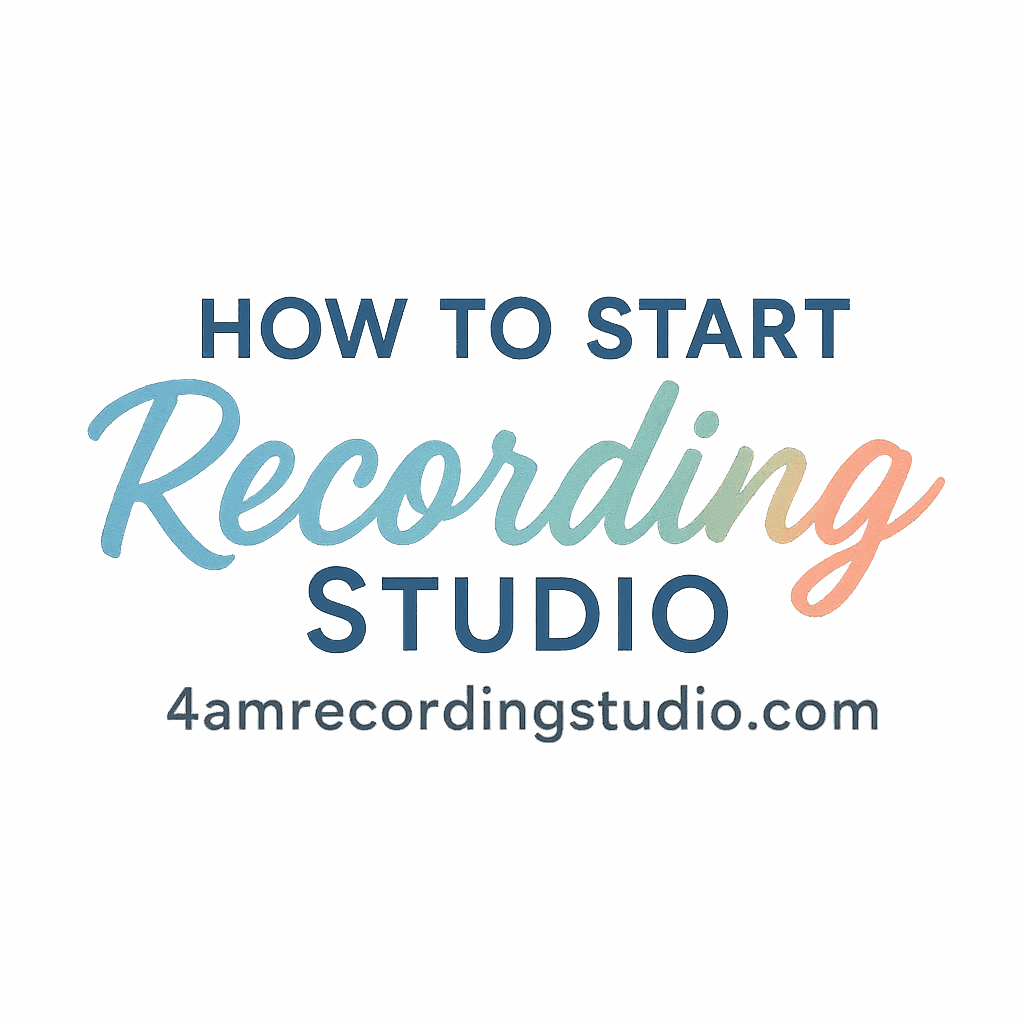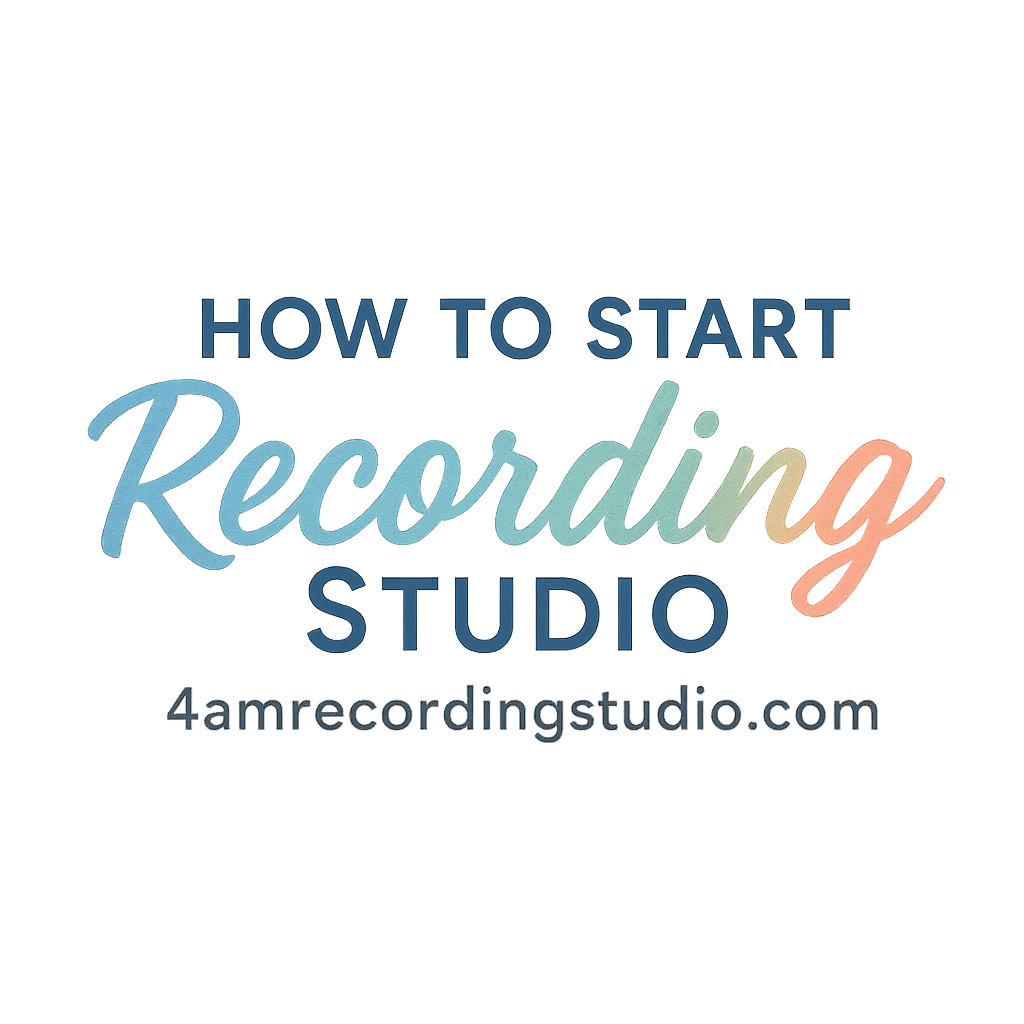Whether you’re mixing a chart-topping track or just getting started in your bedroom studio, your choice of headphones can make or break your sound. Let’s face it—if you can’t hear the details, you can’t produce great music. In this guide, we’ll break down 5 recording studio headphones that deliver pro sound, explain what makes them great, and help you choose the right pair for your workflow.
Why Headphones Matter in a Recording Studio
Studio monitors are awesome, but they’re not always practical—especially in small spaces or late-night sessions. That’s where studio headphones shine.
They offer isolation, portability, and most importantly, precision. You get to hear your work as it really sounds—without the interference of room acoustics. If you’re serious about making music, investing in a pro pair of headphones is non-negotiable.
🎯 Tip: Learn more about essential gear at our Recording Studio Equipment & Tools page.
What Makes a Pair of Headphones “Pro” for Studio Use?
Not all headphones are created equal. Just because a pair sounds good while you’re jogging doesn’t mean it’s right for tracking or mixing.
Accuracy Over Excitement
Pro studio headphones give you a neutral, flat sound. That’s key. You don’t want boosted bass or sparkly highs—those can fool your ears and ruin your mix.
Comfort for Long Sessions
When you’re deep in a creative flow, the last thing you want is sore ears or a sweaty head. Pro headphones are built for long-term comfort.
Build Quality and Durability
Studio headphones get used. A lot. From recording sessions to mixing marathons, you need something that lasts.
Types of Studio Headphones Explained
Understanding the three types of studio headphones will help you choose the right one for your setup.
Closed-Back Headphones
Perfect for tracking vocals or instruments. They block out external noise and prevent sound from leaking into microphones.
Open-Back Headphones
Ideal for mixing and mastering. They offer a more natural, spacious sound—but they leak sound, so not great for tracking.
Semi-Open Headphones
A mix of both worlds. They offer decent isolation and a somewhat open soundstage.
Choosing the Right Headphones for Your Studio
So which type do you need? It depends on what you do most.
Are You Mixing, Tracking, or Monitoring?
- Tracking: Go with closed-back for better isolation.
- Mixing: Prefer open-back or semi-open for truer sound.
- Monitoring: Depends on context—sometimes closed-back works best.
Budget vs. Value
Don’t just buy what’s cheap. Consider long-term value. A good pair of headphones is an investment, not a splurge.
💡 Pro Tip: Check out our Recording Studio Setup Basics for more gear setup advice.
Our Top Picks: 5 Pro Studio Headphones
Alright, let’s get to the good stuff. Here are 5 studio headphones that bring pro-level sound without draining your wallet.
1. Audio-Technica ATH-M50x
Why It’s Great
These are cult favorites for a reason. With powerful 45mm drivers and excellent sound isolation, the ATH-M50x delivers a detailed and balanced sound that works for tracking and mixing.
Ideal Use Case
Perfect for beginner producers who want high-quality audio without spending a fortune. Great for both home and professional studios.
✅ Popular among creators in our Beginner and Setup communities.
2. Beyerdynamic DT 770 Pro
Why It’s Great
This closed-back headphone is known for its exceptional comfort and deep bass response—without compromising clarity.
Ideal Use Case
Great for tracking vocals or drums. If you’re recording loud instruments, this one’s a must-have.
3. Sennheiser HD 650
Why It’s Great
These open-back headphones are beloved by mixing engineers for their spacious soundstage and warm, transparent tone.
Ideal Use Case
Perfect for critical mixing and mastering. Just don’t use them during tracking—they leak sound like crazy.
4. Sony MDR-7506
Why It’s Great
Reliable, affordable, and incredibly detailed—these have been studio staples for decades. If it ain’t broke, don’t fix it.
Ideal Use Case
Fantastic for vocal tracking, podcasting, or general monitoring. Lightweight and durable enough for on-the-go work.

5. Focal Listen Professional
Why It’s Great
Focal brings premium audio engineering into a closed-back format. These headphones are precise, punchy, and professional.
Ideal Use Case
Ideal for serious producers ready to upgrade their monitoring setup.
How to Get the Best Sound Out of Your Headphones
Even the best headphones won’t help if you’re using them wrong. Here are a few simple tips to level up your audio.
Use a Good Headphone Amp
Some high-impedance headphones need more power to shine. A dedicated amp can unlock clarity and dynamics you didn’t know were there.
Break Them In
Just like a good pair of sneakers, headphones need a little time to hit their sweet spot. Give them 20–40 hours of use for best results.
Keep Them Clean
Gunk and sweat can affect performance. Clean your ear pads and check the cables regularly.
Frequently Asked Questions About Studio Headphones
- Are gaming headphones okay for studio work?
➤ Not really. They boost bass and highs for excitement, not accuracy. - Do I need multiple pairs?
➤ If you record and mix, having both closed-back and open-back headphones is ideal. - Should I mix on headphones or monitors?
➤ Both. Use headphones for detail, monitors for space. Cross-check everything.
Final Thoughts: Invest in Your Ears
If you’re serious about your music, your headphones are as important as your interface or mic. The models we covered—from the Audio-Technica ATH-M50x to the Focal Listen Pro—offer world-class audio quality and long-term value.
And remember—great gear is only one part of the puzzle. Building your studio is a journey, and every tool should bring you closer to your best sound.
Want more tips? Don’t miss our guides on Recording Studio Business Planning, Marketing Your Studio, and Studio Management & Growth.
FAQs
1. Can I use Bluetooth headphones in a recording studio?
Not recommended. Bluetooth adds latency, which is a no-go for real-time monitoring.
2. What impedance should I look for?
Lower impedance (<50 ohms) works for mobile devices. Higher impedance (250+ ohms) needs a headphone amp.
3. How do I avoid ear fatigue during long sessions?
Take breaks, use open-back headphones, and keep your levels reasonable.
4. Are studio headphones good for casual listening?
Yes—but they’re designed for accuracy, not enhanced “fun” sound.
5. What’s better: headphones or studio monitors?
Neither is better—each serves a different purpose. Pros use both.
6. Should I EQ my headphones?
Only if you really know what you’re doing. A flat response is best for most users.
7. What other studio accessories should I invest in?
Check out our Cables and Accessories Guide to complete your setup.


